
Ever had a pimple pop up out of nowhere and wonder how it even got there? The truth is, pimples go through a whole process before they finally disappear. Understanding the lifecycle of a pimple can help you treat them better so here's the lifecycle of a pimple explained.
Stage 1: Clogged Pores
Pimples don’t just appear overnight (even though it feels that way). The process actually starts way beneath the skin when your pores get clogged with either excess oil, dead skin cells, and debris and can happen more frequently if you have oily skin.
What Happens:
- Your skin produces too much sebum (oil).
- Dead skin cells don’t shed properly and mix with the oil.
- This combination creates a plug in your pore, trapping bacteria inside.
How to Prevent It:
- Use a gentle exfoliator with AHA or BHA to clear out dead skin cells.
- Avoid using oil based products if your skin is oily and use water based moisturizers. Look for water or aqua near the top of the ingredients, and glycerin based is suitable too for oily skin.
- Wash your face regularly but don’t overdo it—twice a day cleansing is enough for most people.
Stage 2: The Pimple Shows Up On the Surface
Once a pore is clogged, it slowly gets pushed up to the surface of the skin. Bacteria such as P. acnes bacteria can start to multiply within the clogged pore. Your immune system sees this as an attack and sends white blood cells to fight off the bacteria which causes the redness and swelling we see with a pimple.
Depending on whether the pimple is inflammed or not, you may see these types of pimples:
Types of Pimples:
- Blackheads: Open pores filled with trapped debris that oxidizes and turns dark.
- Whiteheads: Closed pores with trapped sebum and dead skin cells, forming a small white bump.
- Papules/Pustules: Red, inflamed pimples that may or may not have a white or yellow pus-filled center.
- Cysts: Deep inflamed pimples that can take several weeks to come to a head.
What Happens:
- The area becomes inflamed, leading to a red bump.
- It may start feeling sore or tender.
How to Calm Down Papules and Cysts
- Apply ice for a few minutes to reduce swelling.
- Use spot treatments with Sulfur, MSM, benzoyl peroxide to kill bacteria or reduce the inflammation.
- Avoid touching or picking at it—this will only make the inflammation worse.
- Keep skin moisturized to reduce inflammation and dryness from acne treatments.
It can take about a week for some pimples to fully come to the surface
Stage 3: Healing Post-Acne Marks
Eventually, your body starts to repair the damaged skin. The inflammation goes down, and the pimple shrinks, but sometimes, you’re left with a dark mark or scar especially if the pimple was large or deep since it can damage the surrounding tissue around the pimple.
Types of Post Acne Marks
- Hyperpigmentation: Dark spots that linger after inflammation that can fade over time.
- Atrophic scars: Indented depressions in the skin
How To Heal Post Acne Marks
- Use vitamin C, alpha arbutin, and niacinamide to fade dark spots.
- Apply sunscreen daily—UV exposure can make acne marks worse!
- Try gentle exfoliants like glycolic acid to speed up skin cell turnover.
- Try Microneedling for stubborn scars. Use a beginner friendly tool if you opt to do it at home like the Banisher 3.0.
Final Thoughts
Understanding the lifecycle of a pimple can help you treat breakouts more effectively and even prevent them from happening in the first place. The key is early intervention, patience, and consistency with your skincare routine. Acne can be a struggle, but it WILL get better!
What’s your go-to method for dealing with pimples?
References:
1.Bhate, K., & Williams, H. C. (2013). Epidemiology of acne vulgaris. British Journal of Dermatology, 168(3), 474-485. DOI:10.1111/bjd.12149
2.Tanghetti EA. The role of inflammation in the pathology of acne. J Clin Aesthet Dermatol. 2013 Sep;6(9):27-35. PMID: 24062871; PMCID: PMC3780801.
3.Beylot, C., Auffret, N., Poli, F., Claudel, J. P., Leccia, M. T., Del Giudice, P., & Dreno, B. (2014). Propionibacterium acnes: an update on its role in the pathogenesis of acne. Journal of the European Academy of Dermatology and Venereology, 28(3), 271-278. DOI:10.1111/jdv.12224
3. Draelos, Z. D. (2019). The science behind skin care: moisturizers. Journal of Cosmetic Dermatology, 18(2), 738-744. DOI:10.1111/jocd.12919


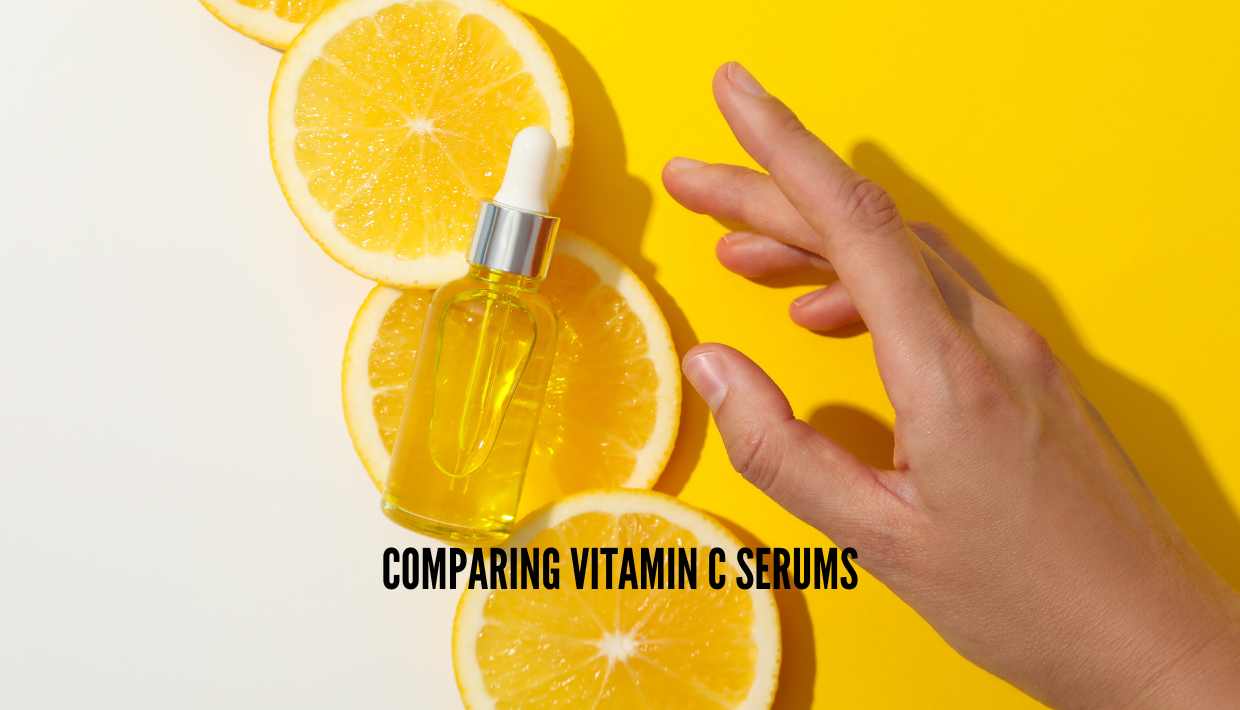
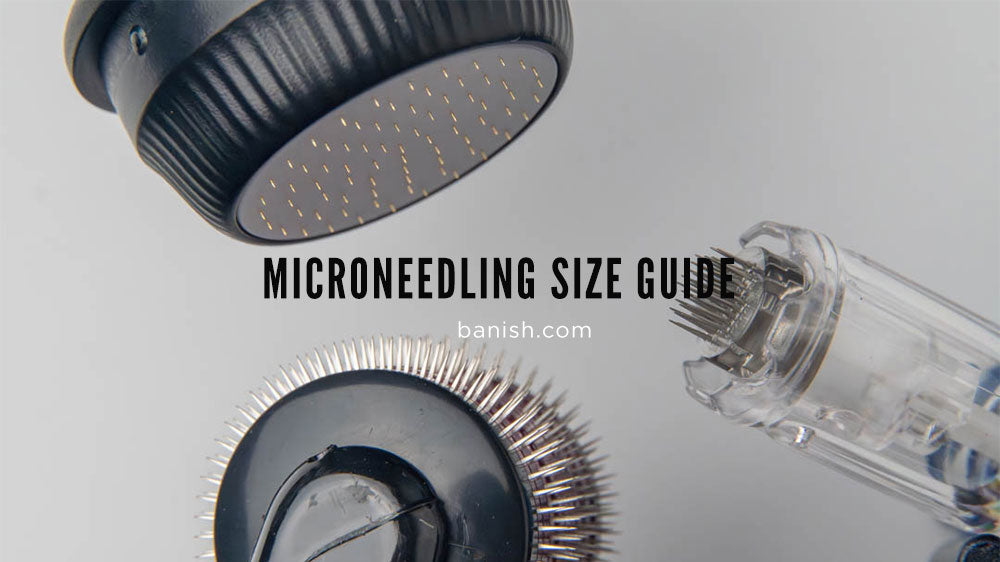
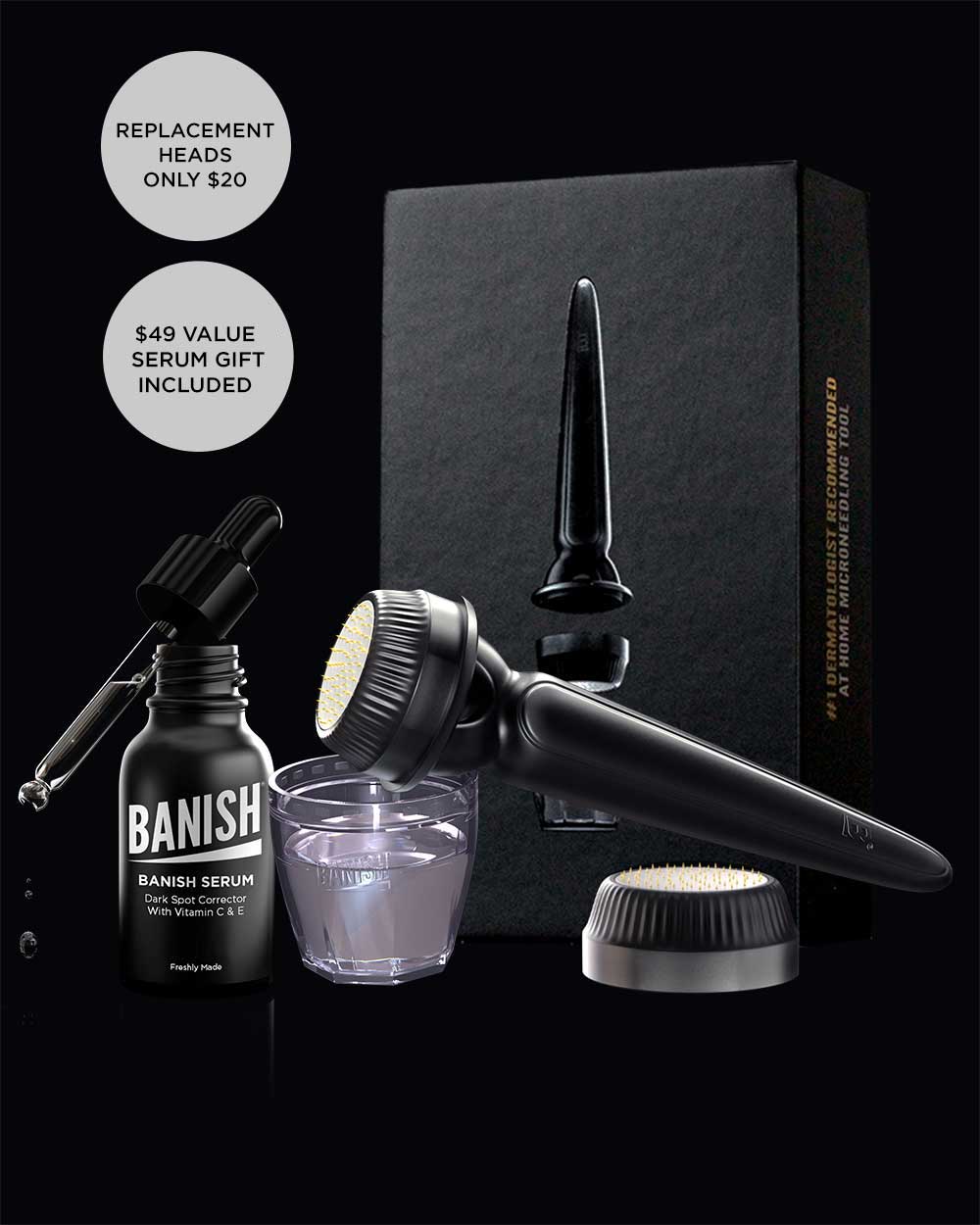
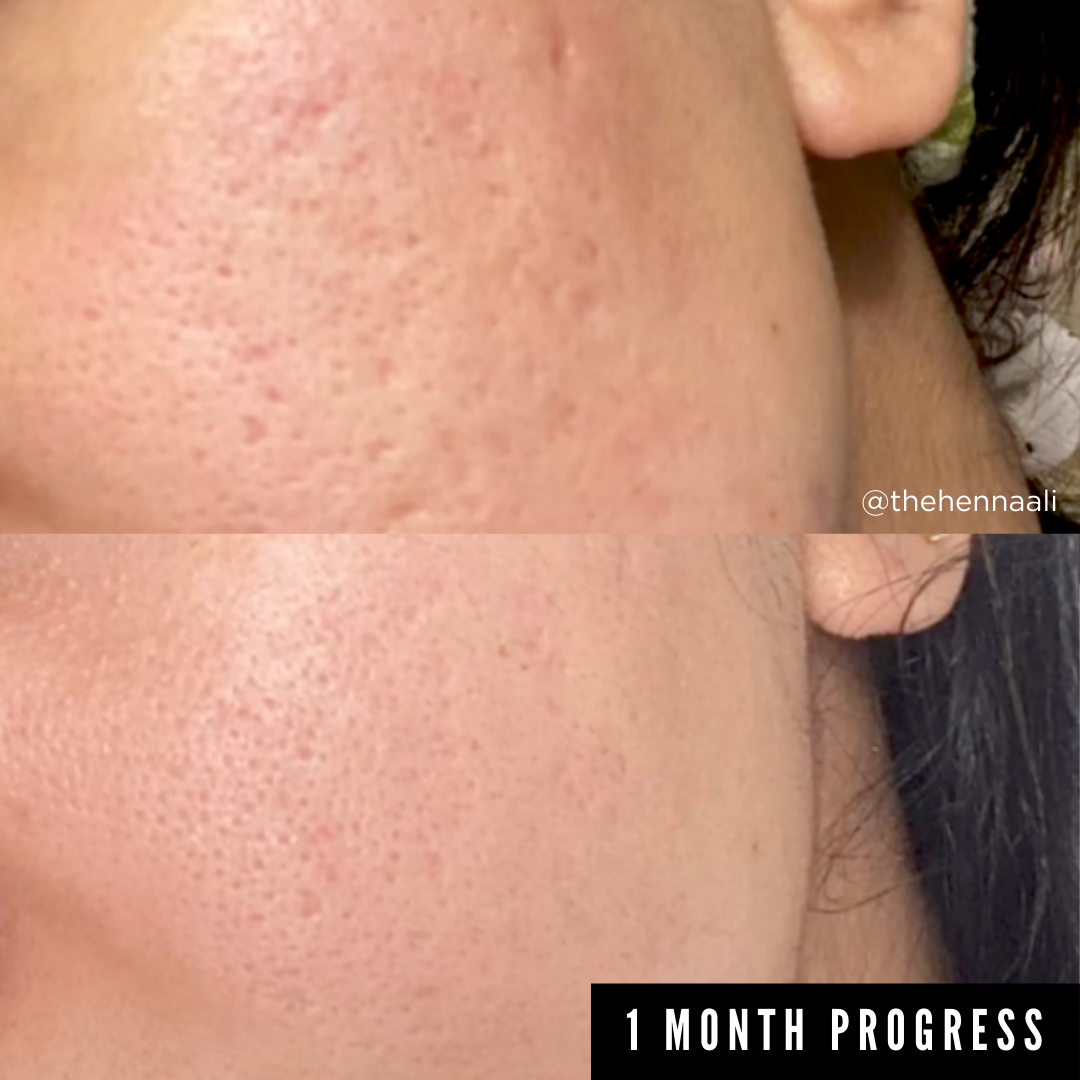
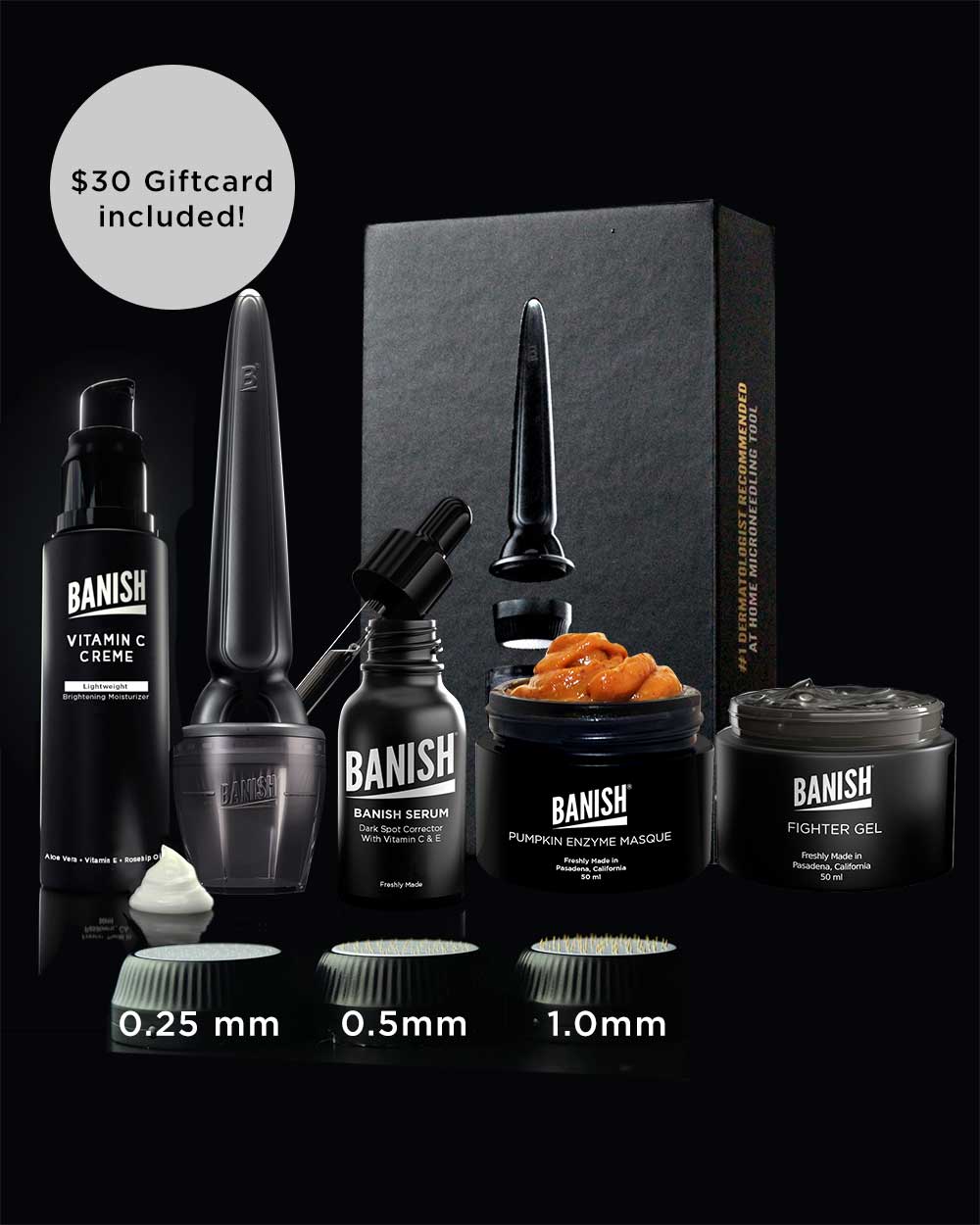
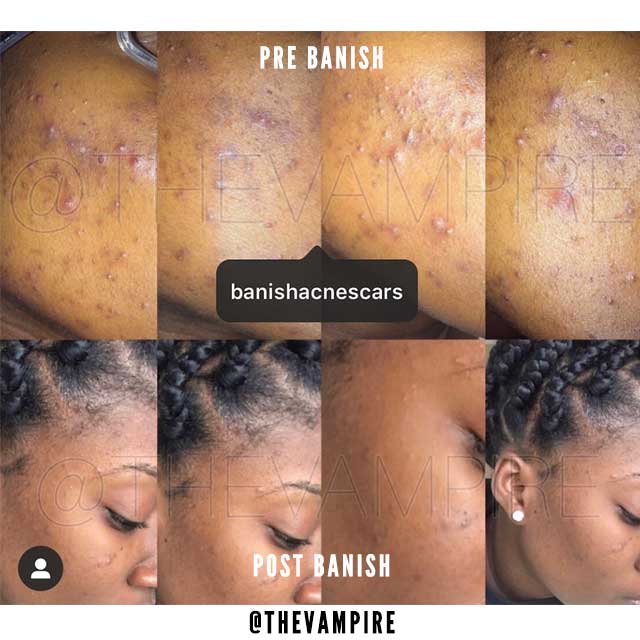
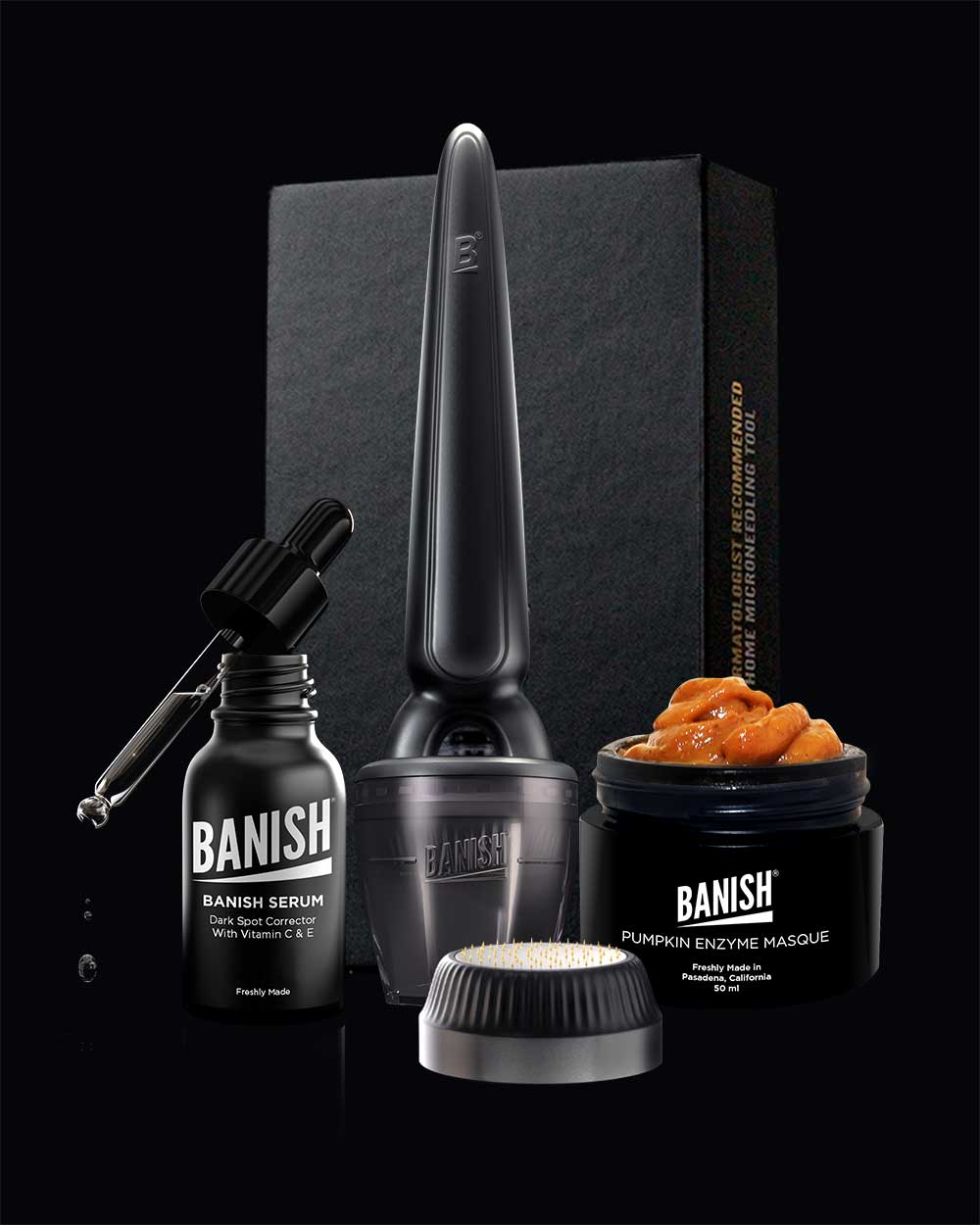
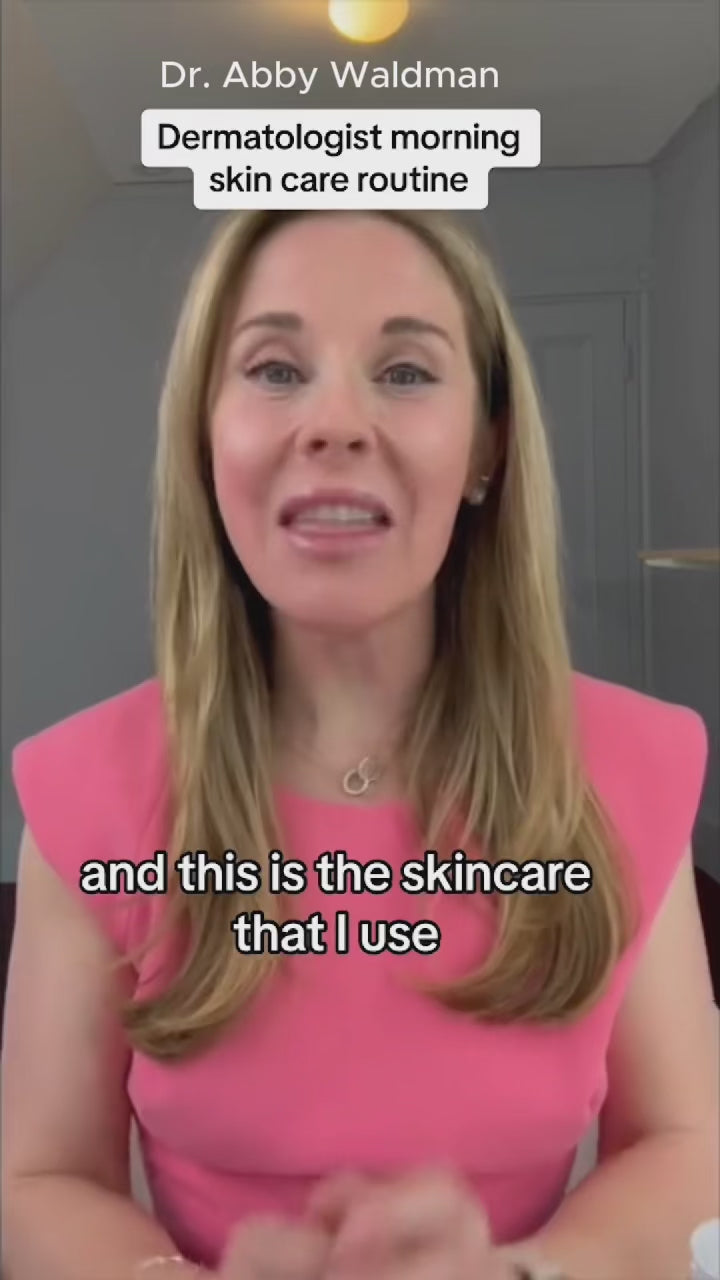
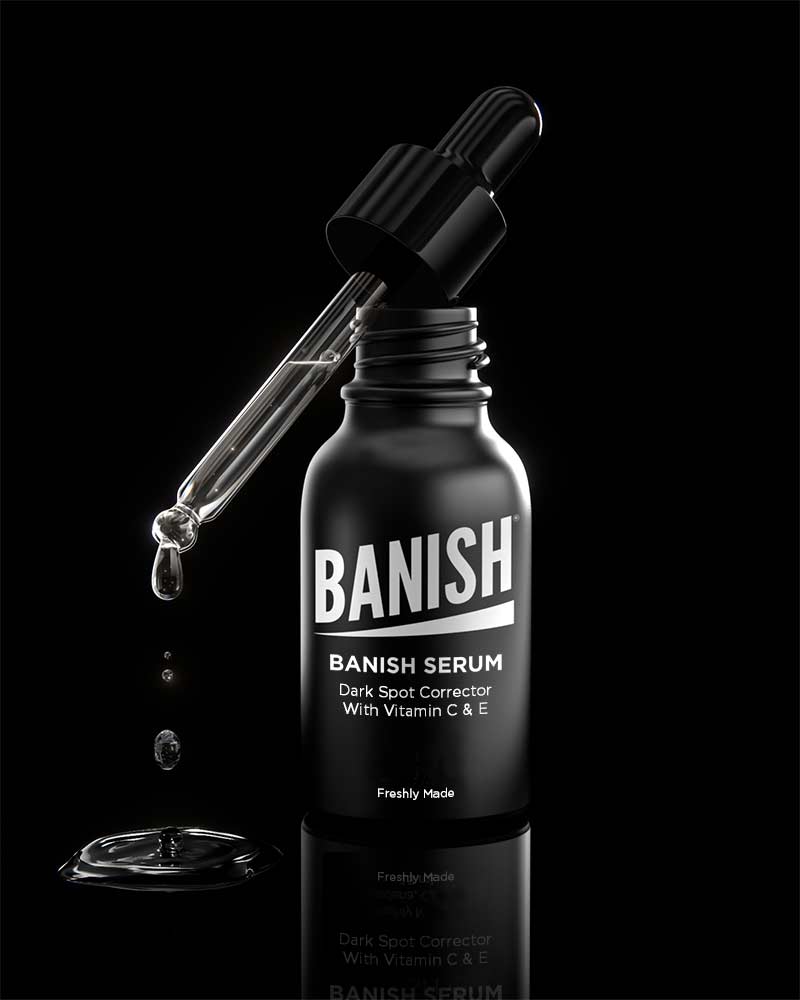
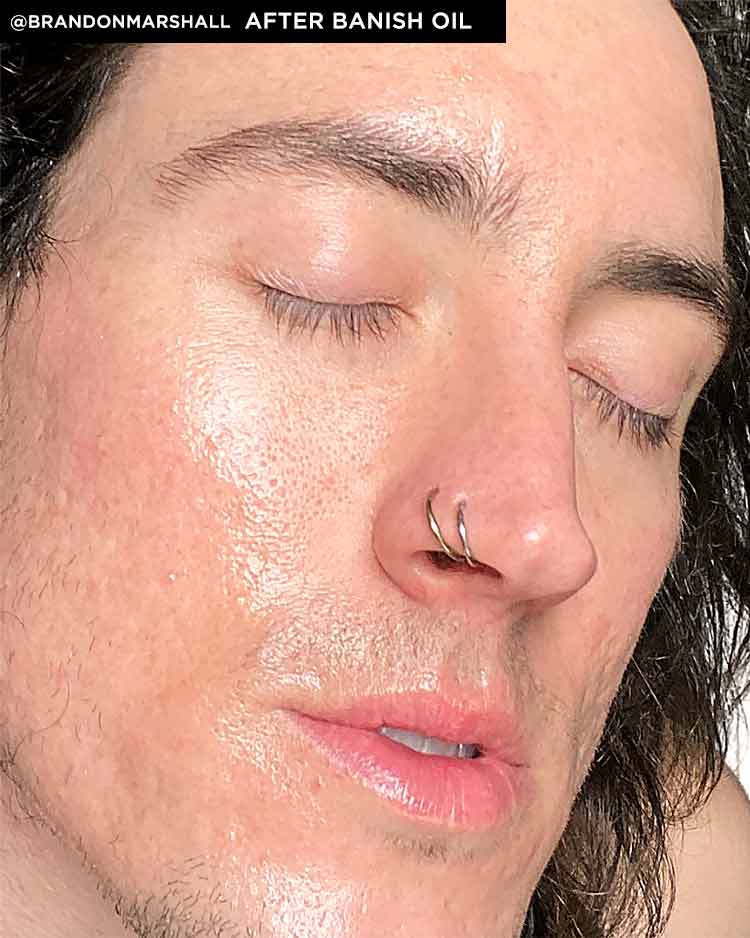
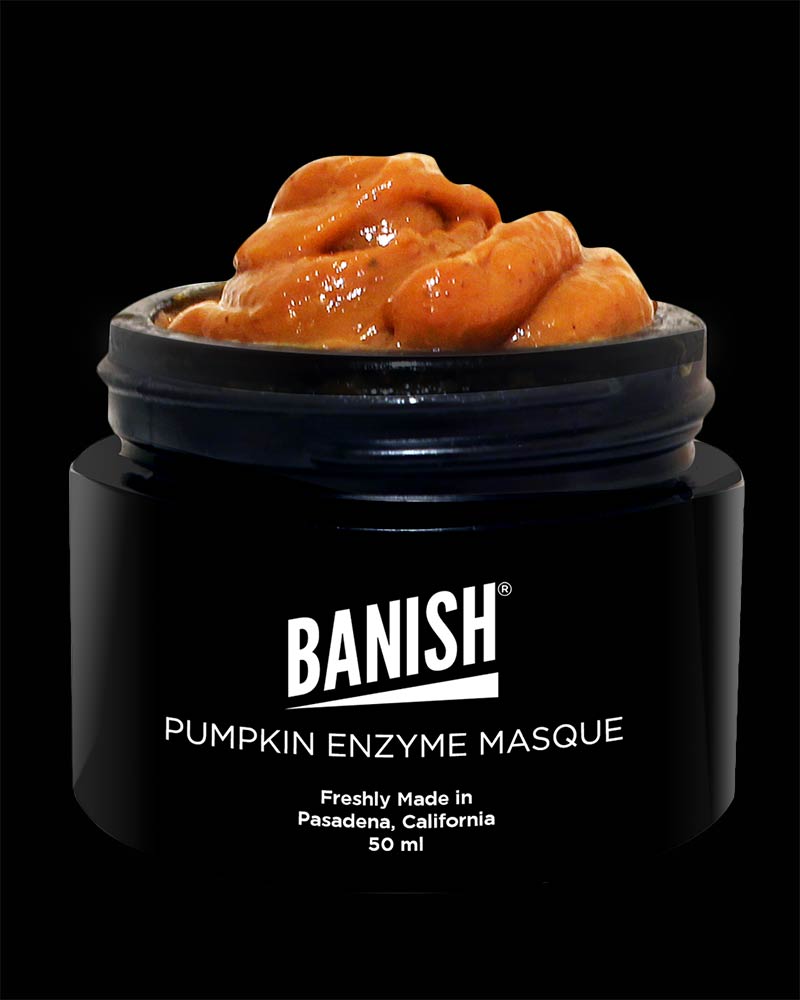
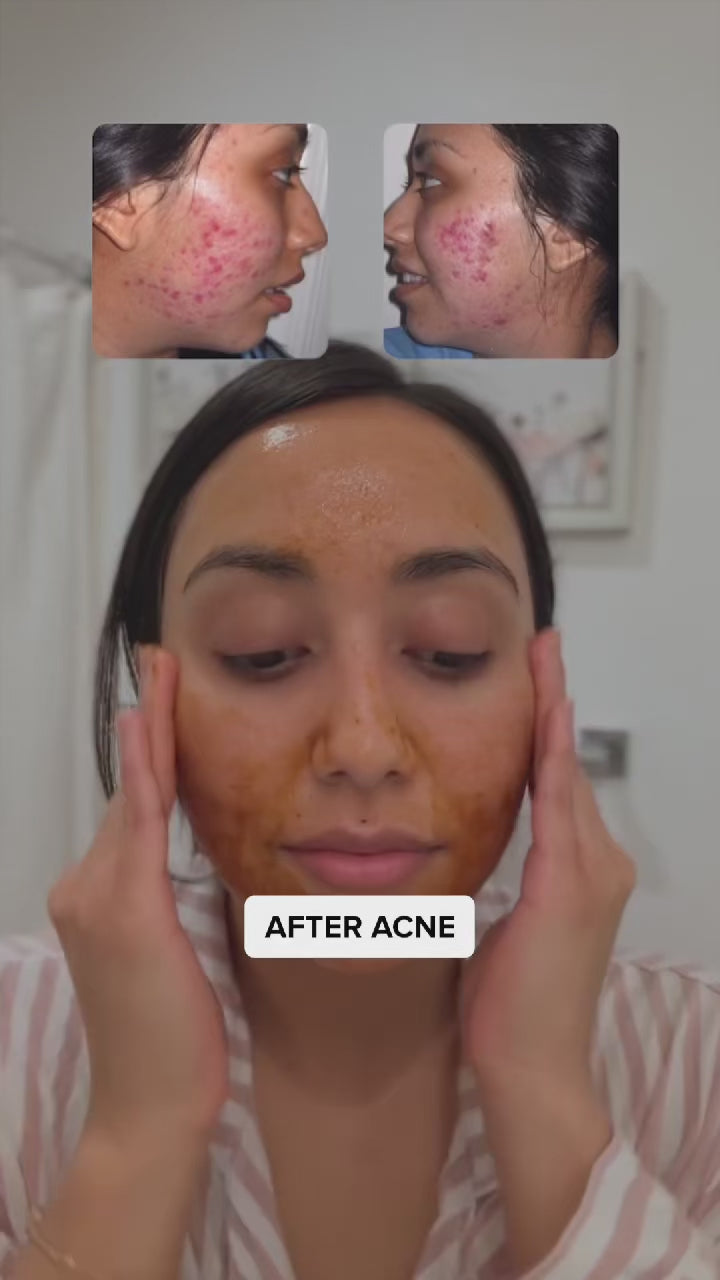
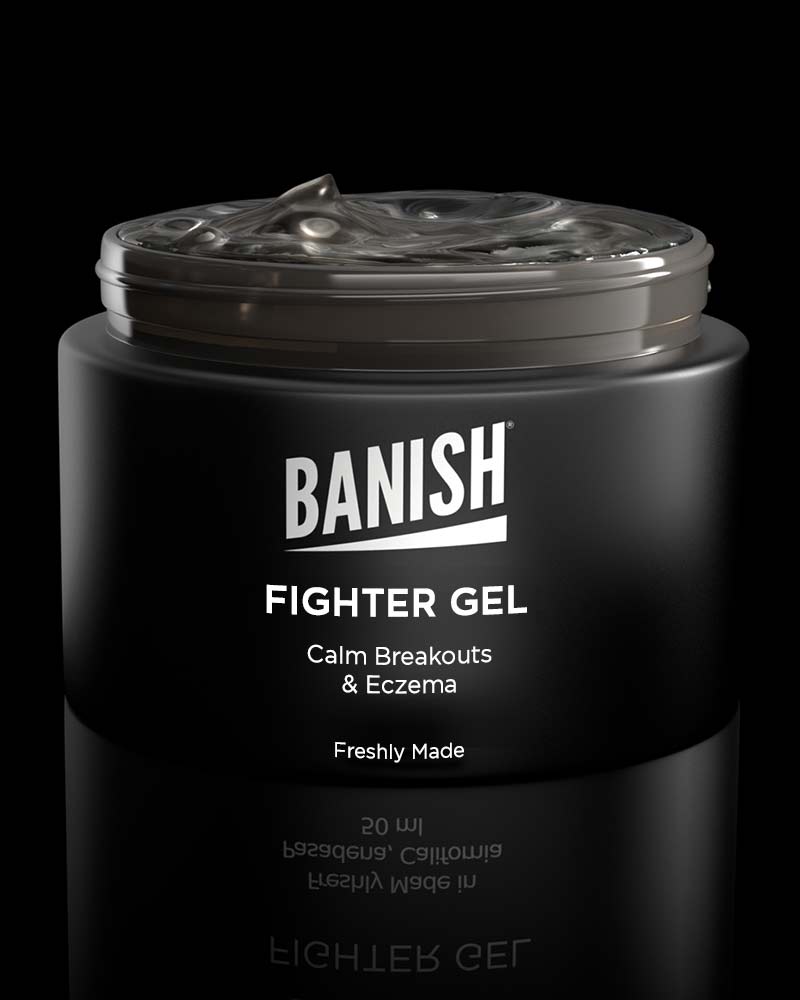
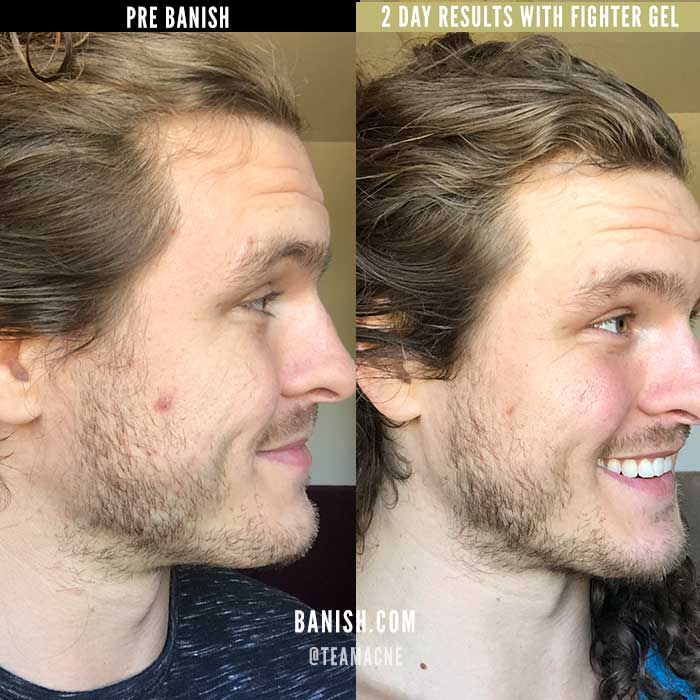
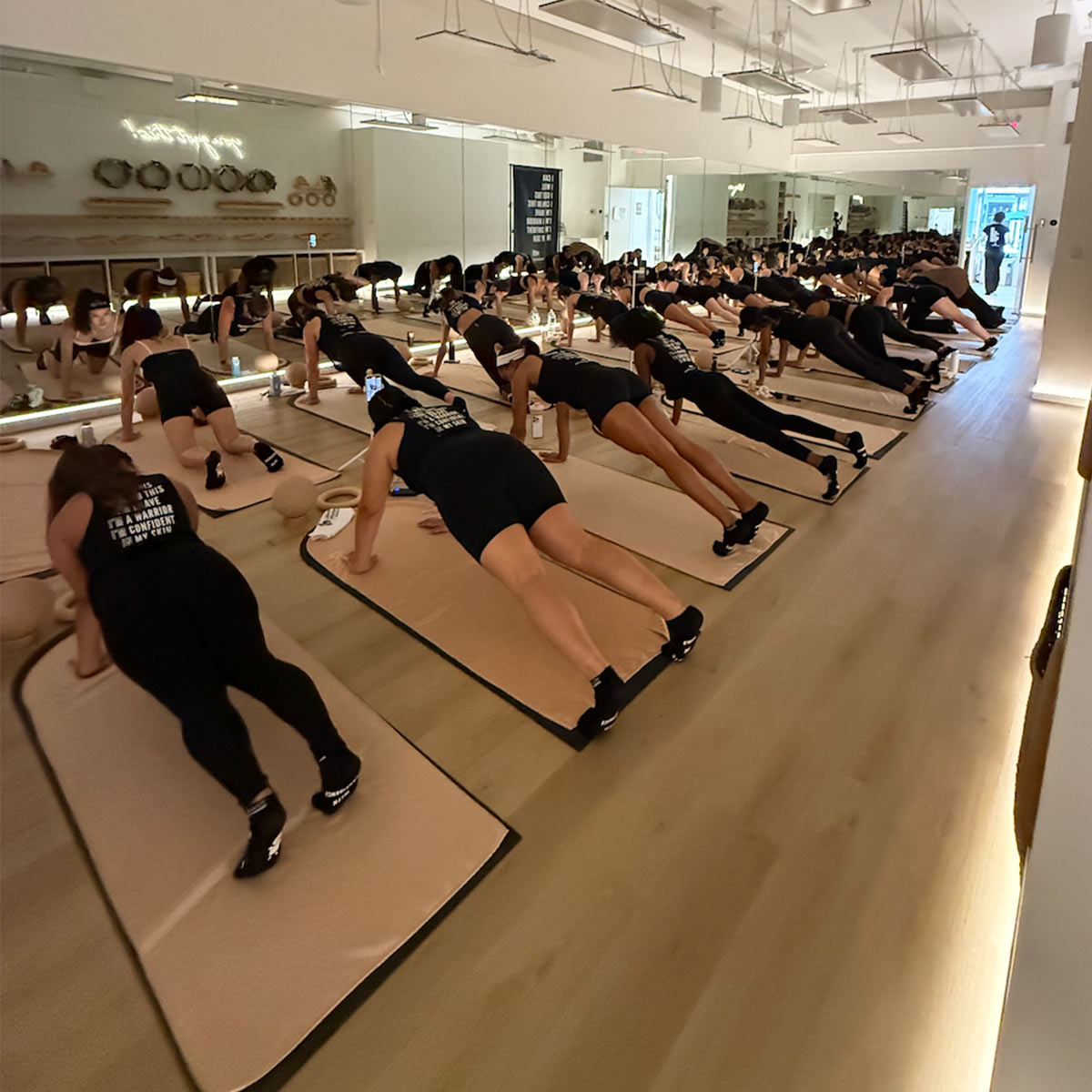









Leave a comment
All comments are moderated before being published.
This site is protected by hCaptcha and the hCaptcha Privacy Policy and Terms of Service apply.